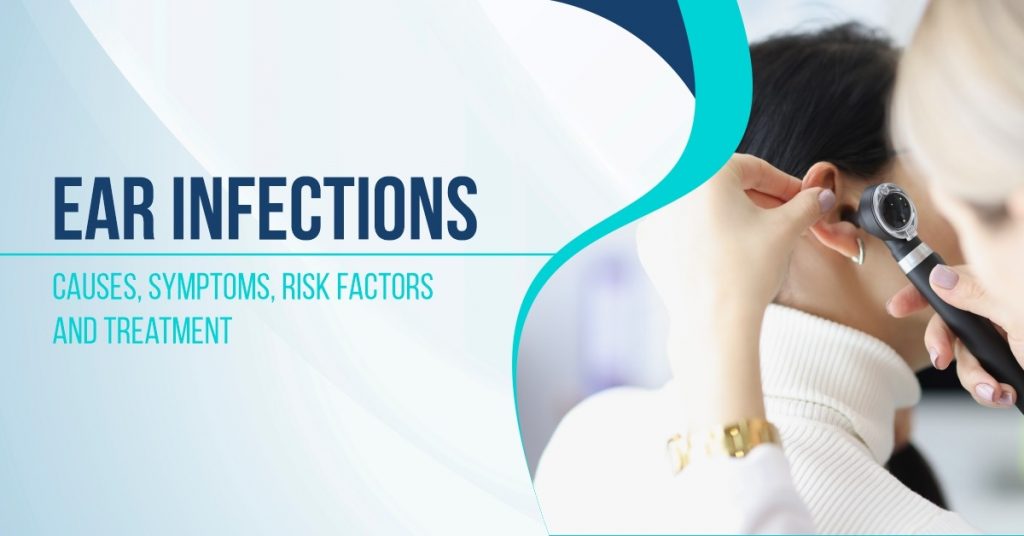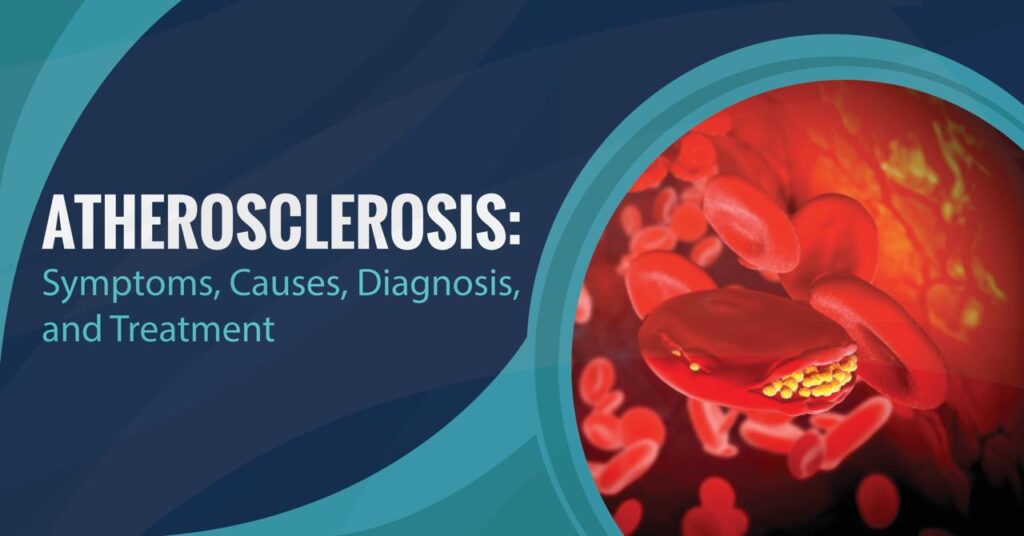Your child sees a healthcare provider if he or she develops an ear infection, an infection within the space behind the eardrum. Treatments for ear infections include antibiotics, pain-relieving medications, and placement of ear tubes.
Bacteria and viruses infect the ear, causing swelling, pain, and bulging of the eardrum as a result of the trapped fluid behind the eardrum.
What is an Ear Infection?
Children and adults can get ear infections; the medical term is acute otitis media, which describes a sudden infection in the middle ear (behind the eardrum).
Although it is not the most common reason for young children to see their healthcare provider, ear infections are one of the most common reasons.
Many ear infections clear up on their own. However, your healthcare provider may prescribe a pain reliever or a medication to relieve pain if the infection worsens or does not improve. If the infection does not improve, an antibiotic may be prescribed.
An antibiotic is usually prescribed for ear infections in children younger than two years of age. It’s important to see your healthcare provider if you had an ear infection that didn’t heal or if you or your child are experiencing ongoing pain or discomfort.
Regular or repeated ear infections and fluid buildup behind the eardrum can lead to hearing loss and other serious problems.
Symptoms of Ear Infection:
The signs and symptoms of ear infections are usually rapid.
In Children’s:
- Ear pain, especially when lying down
- Tugging or pulling at an ear
- Trouble sleeping
- Crying more than usual
- Fussiness
- Trouble hearing or responding to sounds
- Loss of balance
- Having a temperature over 100 F (38 C)
- Drainage of fluid from the ear
- Headache
- Loss of appetite
In Adults:
- Ear pain
- Drainage of fluid from the ear
- Trouble hearing
Causes of Ear Infection:
In the middle ear, which is a small space behind the eardrum, air passes through the Eustachian tube from behind the nose, keeping a healthy balance of moisture and air.
Whenever the Eustachian tube becomes blocked or clogged, the middle ear does not receive enough fresh air, which creates a damp, stagnant, heat-producing environment perfect for fungi to grow.
Eustachian tubes often leak air into the middle ear when they are too soft or immature in children. Allergies, postnasal drainage, sinus infections, and common cold viruses can also block the Eustachian tube’s ability to function correctly.
The doctor will be able to diagnose an ear infection after looking at the red, bulging eardrum. It is common for children to develop an ear infection from an upper respiratory virus, such as the common cold or the flu.
These conditions can cause swelling in the Eustachian tube, which does not allow air to flow into the middle ear.
In the same way as smoke, fumes, and other environmental toxins can cause a cold or flu, allergies to pollen, dust, animal dander, or food can cause the same effects.
The presence of bacteria can cause ear infections directly, but often they are brought on by an ear infection caused by a viral infection or reaction to an allergen, allowing them to spread quickly through the moist, warm environment of the middle ear.
Invading bacteria then turns inflammation into infection and causes fevers. You should immediately consult your doctor and take the prescribed treatments by the doctors.
Risk factors of Ear Infection:
- Age: Due to the size and shape of their eustachian tubes and because their immune systems are still developing, children between the ages of 6 months and 2 years are more at risk of ear infections.
- Group child care: A study found that children who stay at home are more likely to get colds and ear infections than children who attend group settings. It is more likely for children in group settings to contract infections, such as the common cold.
- Infant feeding: Breastfed babies are less likely to get ear infections than babies who drink from a bottle, especially while lying down.
- Seasonal factors: Those who suffer from seasonal allergies may have a greater risk of ear infections when pollen counts are high. Fall and winter are the most common times for ear infections.
- Poor air quality: An increased risk of ear infections is associated with tobacco smoke and high levels of air pollution.
- Alaska Native heritage: Alaska Natives are more likely to suffer from ear infections.
- Cleft palate: Children with cleft palates may have difficulty draining their eustachian tubes due to differences in their bone structure and muscles.
Diagnosis of Ear Infection:
If you describe your symptoms to your doctor and undergo a physical exam, you can often be diagnosed with an ear infection or other condition.
This may involve using a lighted instrument (an otoscope) to examine the ears, throat, and nasal passage. In addition, you can use a stethoscope to listen to your child breathe.
Pneumatic otoscope: When a doctor is diagnosing an ear infection, he or she will use an instrument called a pneumatic otoscope. With this tool, the doctor can view the ear and determine whether fluid is present behind the eardrum.
In order to examine the eardrum with the pneumatic otoscope, your doctor gently puffs air towards it. When the middle ear is filled with fluid, this puff of air should cause the eardrum to move. If the middle ear does not contain fluid, the eardrum will not move.
Additional tests: If you have any doubt about a diagnosis, if previous treatments have not worked, or if you have other serious long-term problems, your doctor may recommend other tests.
- Tympanometry: This test assesses the movement of the eardrum, which is caused by adjusting air pressure within the ear canal. The device measures the degree of movement of the eardrum, which is an indirect indicator of pressure within the middle ear.
- Acoustic reflectometry: The eardrum absorbs the majority of the sound. However, when there is more pressure in the middle ear, the eardrum will reflect more sound. This test measures how much sound bounces back from the eardrum – an indirect measure of fluid pressure in the middle ear.
- Tympanocentesis: An eardrum is pierced with a tiny tube, and fluid is drained from the middle ear, a procedure called tympanocentesis, which can help if previous treatments haven’t worked.
- Other tests: You may be referred to a hearing specialist (audiologist), speech therapist, or developmental therapist if your child has had multiple ear infections or fluid accumulates in the middle ear. These tests will assess hearing, speech skills, language comprehension, and developmental abilities.
You can also read: DENTAL INJURIES: CAUSES, PREVENTION AND TREATMENT
Prevention of Ear Infection:
These tips can help prevent any type of ear infection:
- If you are swimming or taking a shower, make sure your ears are dried completely afterward. Keep your ears clean by washing them and using cotton swabs to clean them.
- You should not smoke, and you should avoid secondhand smoke as much as possible.
- Avoid triggers and take allergy medications to manage your allergy symptoms.
- Avoid contacting anyone who has a cold or other upper respiratory problems, and always wash your hands thoroughly.
- Ensure your vaccines are up to date.
Treatment of Ear Infection:
If your doctor suspects that bacteria has caused the infection, based on your medical history, she may prescribe an antibiotic. An ear infection is often caused by a virus, in which case antibiotics will not help.
If you feel better at home, you may want to speak with your doctor.
Pain Relief :
Infections caused by viruses and bacteria can be cured, so there is no need to live with the pain while they heal.
Pain relievers such as acetaminophen (Tylenol) and ibuprofen (Advil, Motrin) can also help reduce a fever. Aspirin should not be used on children, as it can cause a condition known as Reye’s syndrome, which can cause swelling in the brain and the liver.
Antibiotics:
If your doctor prescribes antibiotics, follow your doctor’s instructions carefully. Take all of the doses, even if you feel better. Call your doctor or pharmacist if you miss a dose or become ill after taking antibiotics. Your infection may return if you don’t finish the treatment course.
Drainage:
An ear infection that causes serious complications, fluid that stays in the ear for a long time, or a child who constantly gets ear infections might need a myringotomy.
During the procedure, the doctor creates a small hole in the eardrum so fluid, blood, or pus can drain out. Often, a tube is put in so it won’t get backed up.
Tubes let fluid out and air pass through to keep the middle ear dry. They usually fall out on their own within about 6 to 18 months.
Natural Remedies: The following tips can help ease your symptoms at home. Talk to your doctor first:
- Warmth: It may be beneficial to use a heated compress.
- Feedings: Feeding your baby with a bottle should be done standing up. Do not place your infant to sleep with one. When the doctor says it’s okay to take your child off it, do so as soon as possible.
- Gargling: If your child has a raw throat or you are an adult, salt water can help soothe it and help clear the Eustachian tubes.
- Fresh air: Smoking should not be done inside the house or anywhere near your child.









